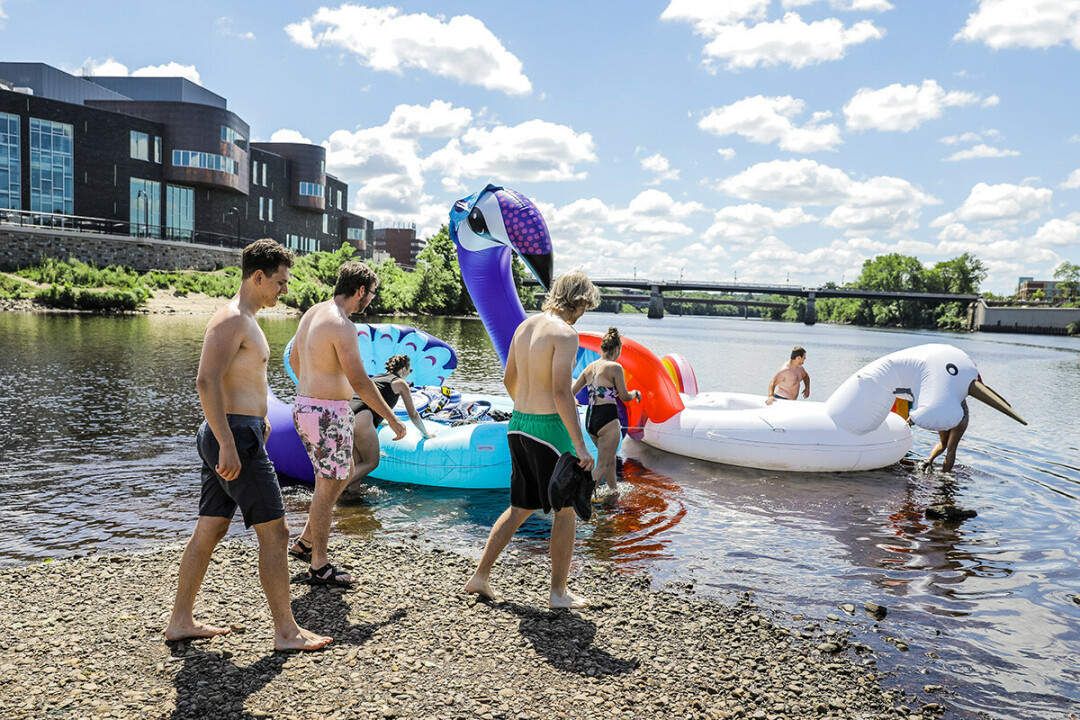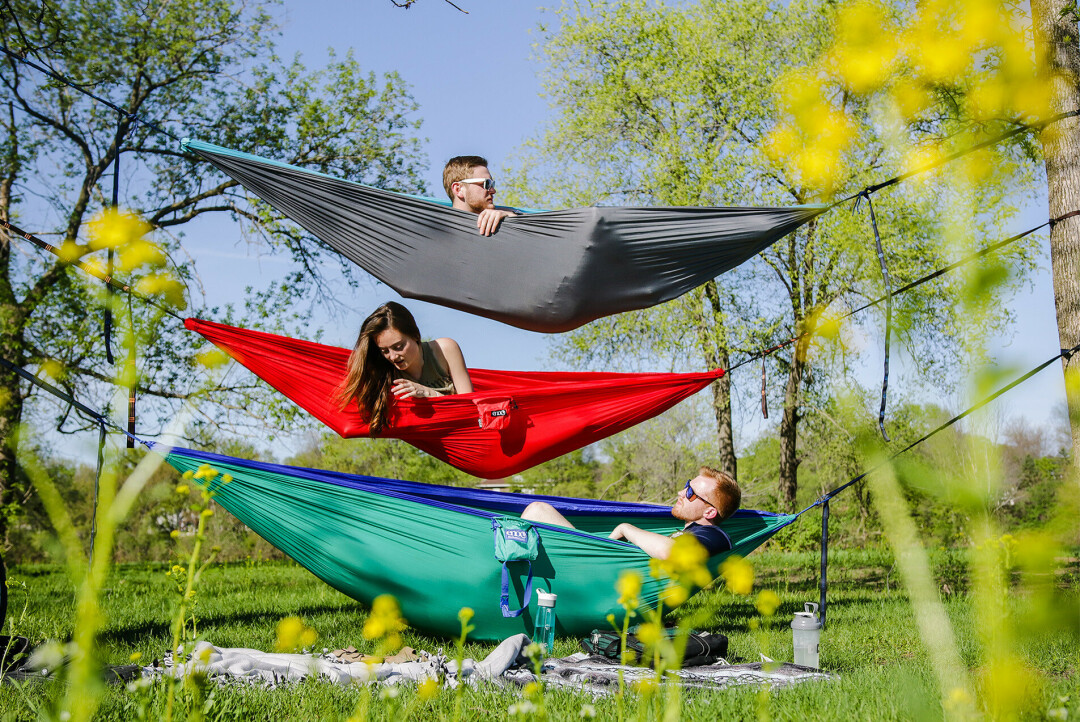Summer Skincare Tips for the Valley
don’t let the Wisco sunshine get to you (or more specifically, your skin): this expert has the inside scoop on protecting your skin all summer long
McKenna Scherer, photos by Andrea Paulseth

Folks have been taking full advantage of the sunshine splaying across the Valley so far this June – rightfully so – but don’t let that sunshine get to you.
Dr. Emily Fibeger, a dermatologist at Mayo Clinic Health System in Eau Claire, is here to shell out some tips to keep your skin protected under all the Wisco sunshine this summertime.
“Summer in the Midwest is a wonderful time to be outdoors hiking, gardening, camping, and swimming,” Fibeger said. “Of course, these fun activities increase our risk of exposure to sunlight, insects, and poisonous plants.”
Most people know to slather on sunblock before spending a day out on the lake or in the park, but if you’re swimming or even just sweating in the summertime heat, you should be reapplying.
“Everyone should wear broad-spectrum SPF 30 or above sunscreen,” Fibeger said. “Make sure to reapply every two hours or after swimming or sweating.”
While you can definitely find water-resistant sunblock, Fibeger pointed out that “waterproof” sunscreen is nothin’ but a fib.
“There is no such thing as waterproof sunscreen,” Fibeger said. “Water-resistant sunscreen will indicate on the bottle [to reapply every] 40 or 80 minutes.”
For child and adult sunblock (yes, there is a difference), sprays are convenient and easy to apply for all but need to be rubbed in thoroughly. Children's sunscreen usually has ingredients like zinc oxide and titanium dioxide which tend to be less likely to irritate the skin, Fibeger said. For kiddos under the age of six months, however, it is recommended to keep them in the shade as much as possible and wear sun-protective clothing.
In addition, sun-protective clothing with ultraviolet protection factors (UPF) can be worn to protect your skin during water-specific activities, too.
Our beautiful neck of the Midwest is chock-full of abundant greenery and wildlife to explore and enjoy, but as Fibeger said, it’s important to note more than just sun safety when out and about. Brushing up against poison ivy and oak or even sumac can cause an intense, itchy eruption across the skin. (Ouch!)
“The best way to avoid this is to know what these plants look like and wear long clothing when hiking or working in the woods,” Fibeger said.

Just because you may be in the water doesn’t mean you’re free from skin irritants, either. Swimmer’s itch occurs when splashin’ around infested lakes: Parasites nestle into the skin and creating itchy red bumps. (Again, ouch.) Fibeger recommends avoiding bodies of water with any “warning” signs and showering ASAP after swimming.
As far as specific product recommendations, Fibeger says “the best sunscreen is the one you are willing to use and reapply frequently.”
Stay skin-safe out there, folks!
A special thank you to Dr. Emily Fibeger from Mayo Health Clinic in Eau Claire for offering her expertise on summer skin safety.

